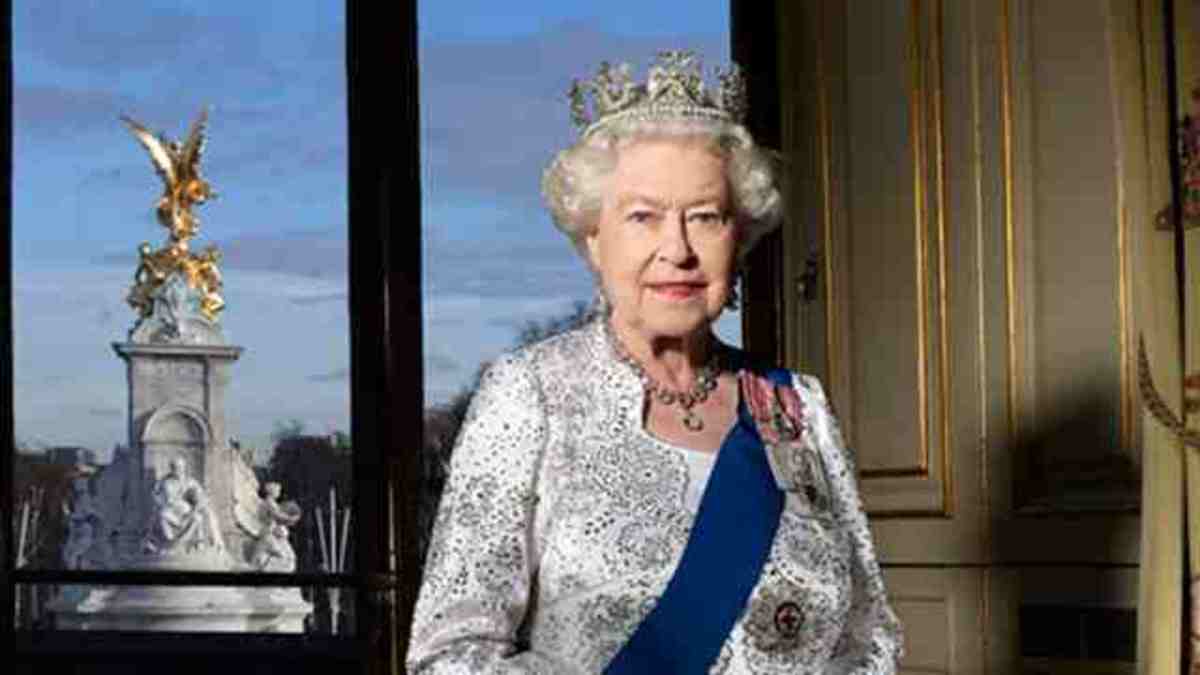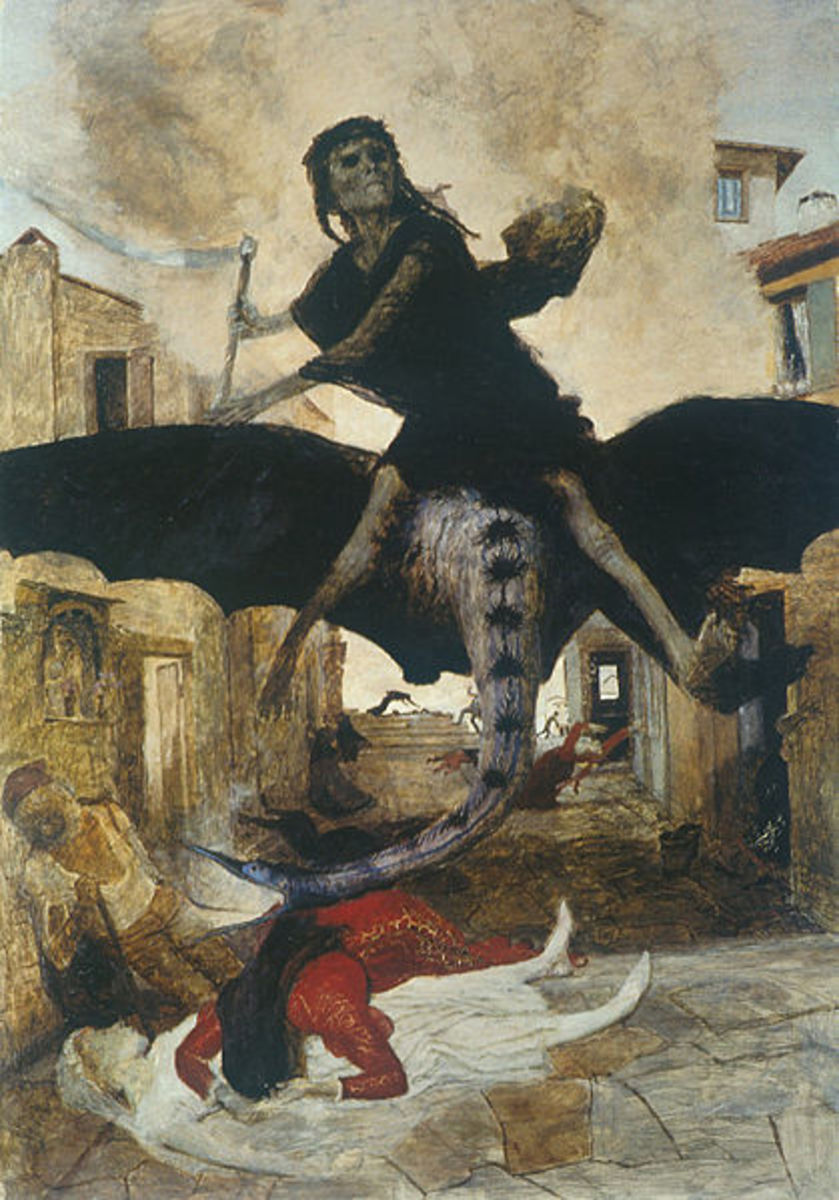The Death of Edward VI Leads to Temporary Uncertainty
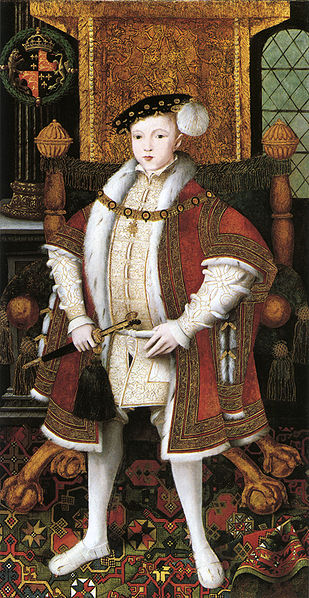
Edward VI is seen as a sickly king in history. The truth is that apart from the odd illness in childhood and poor eyesight – both very common in the 16th century – Edward Tudor was a healthy young man until the last year or so of his life. He died on July 6, 1553 and left the country in uncertainty for a period of 13 days.
Edward VI’s Health Over His Last Year
His death was not a shock to people. In 1552, Edward contracted measles and smallpox. Both of these would have weakened his immune system, which is when he may have contracted the next diseases that killed him.
In January 1553, he took a turn for the worse, suffering from breathing problems, a cough and a fever. They seemed to go away by May, when doctors believed that everything was all well and good – Edward VI had made a full recovery.
The illness relapsed in June 1553 and Edward started coughing up black-green phlegm. There was also some pink colour, like blood. It is believed that he was suffering from a tumour of the lung or tuberculosis. Some historians believe that his illness may be linked to that of Arthur Tudor and previous ancestors.
Find out more about Edward VI, The Boy King
Rumours of Edward VI Poisoned
Many rumours spread that Edward had been poisoned. There were two conspiracies at the time. The first was that it was Edward’s Lord Protector, John Dudley. John was the father of Guildford Dudley and father-in-law of Lady Jane Grey. He had a lot to gain from the king’s death as Edward had arranged for Jane to become the next Queen of England.
Another rumour was that the Catholics poisoned the king. They were living in a Protestant regime and the Catholics wanted Mary on the throne. However, this is unlikely as the people of England did support the young Tudor monarch.
His autopsy suggested that he was suffered from a disease in the lung, which is why tuberculosis is now widely believed. There were also signs of kidney failure and septicaemia according to one doctor, which could have been the disease getting worse. Most historians believe that Edward died of natural causes, much like his young Uncle Arthur and other ancestors.
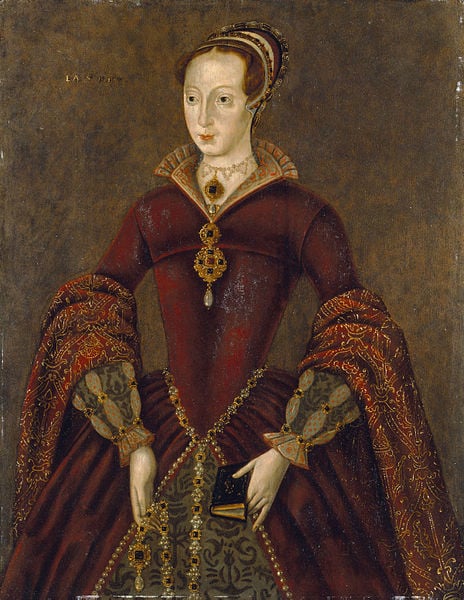
Queen Jane: The Nine Day Queen
Before Henry VIII’s death, Mary and Elizabeth Tudor had been placed back in line of succession, thanks to Katherine Parr. However, Edward VI didn’t agree with this for two reasons.
Edward didn’t want Mary to become Queen of England. She was a Catholic and Edward feared that she would turn the country back to the old ways. While there were many Catholic people in support of this, there were also many others against it. However, he couldn’t remove Mary and put Elizabeth in her place.
The second reason was that Mary and Elizabeth were girls. Women could not lead – at least that was the view of those in the 16th century. It’s a shame that these people couldn’t jump forward in time to when Elizabeth was on the throne and see how well she ruled the country.
Edward did have a problem though – the next two in line for the throne were girls – Frances Grey (nee Brandon) and Lady Jane Grey. With the encouragement of John Dudley, Edward skipped over his first cousin and opted for her daughter, Jane. While Francis was annoyed at first, Edward managed to talk her round. However, Jane was the only female who could inherit the throne. If she only had girls, the crown would pass onto the next male in the line.
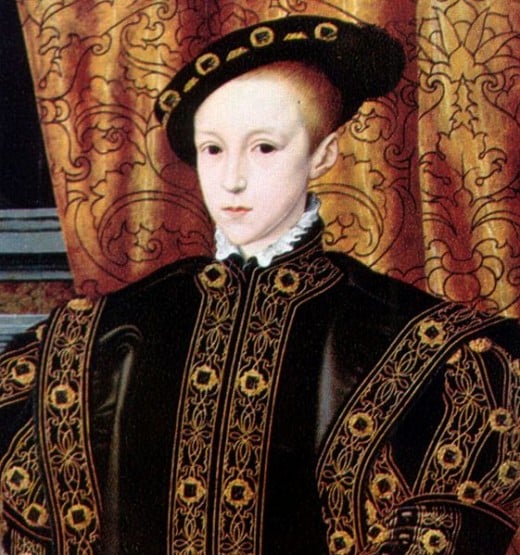
Did Edward VI’s Illness Have Something to Do Jane Grey?
Edward was close to his death when the law was made to remove Mary and Elizabeth from line of succession and place Jane in their places. Did his illness have something to do with this?
There were rumours and some historians believe that John Dudley was the power behind the plot. He used Edward’s weakened state to get the thing that he wanted – his own family in power. However, historian David Starkey believes that while there were co-operators in the plan, Edward was the driving force. He knew what he wanted and how to get it.
Did his illness make him act harshly? Probably not; this wasn’t an illness that affected his mind. Edward had been raised as a typical man in the 16th century and he was Henry VIII’s son after all! This was something that had been in the works for some time – it took time to decide who would take the throne instead of Mary and it had to be somebody with a legitimate claim.
Edward was also a devout Protestant throughout his reign. He regularly belittled Mary for her religious beliefs and made her cry in public. He threatened with convicting her of heresy on more than one occasion and, while he loved her as a sister, it was clear that he didn’t want or trust her as queen.
The innocent trainer, Lady Jane Grey
Mary Tudor Learns of Her Brother’s Death
Mary had been informed of Edward VI’s imminent death. She rode from Hunsdon House, close to London, to her Kenninghall estates in Norfolk to gain support for her reign. She must have realised that something was wrong. John Dudley didn’t announce the King’s death until July 10 and that was when Jane proclaimed that she was Queen of England. There were murmurs in the city of London.
Mary wrote to the council to proclaim that she was Queen and expected their support. That was when Mary really found out about the plan. She found out Edward her removed her from the line of succession and Jane Grey was the Queen of England. The rightful queen gathered support from the people of England and rode to London.
Edward’s wish upon his death only came true for a total of nine days after Jane proclaimed that she was queen. On July 19, 1553, Mary I dethroned her cousin and took the crown. John Dudley was beheaded shortly after for his part in the plot to remove her from the throne.
Helena Bonham Carter's portrayal of Lady Jane Grey's execution
Edward VI’s Death and Burial
Edward was just 15-years-old when he died; however, he played a major role as King of England. Because of Edward, the country started to move further into the reformation; much further than Henry VIII ever wanted. While Mary attempted to change everything back, her five year reign was cut short with her death and Edward’s half-sister, Elizabeth, made sure the country moved forward with the reformation.
Edward was not buried right away. While most monarchs had a delay between death and burial to prepare for the funeral, Edward’s death was overtaken by the fight for the crown afterwards. The government was so focused on the coronation of Lady Jane Grey and the protest from Mary Tudor, that Edward’s body was left; almost forgotten about. Edward’s body was left at Greenwich Palace, where he died.
It was until after John Dudley’s arrest on July 23 that Mary then thought about her brother’s body. Instead of focusing on his religion, she decided that he would be buried with Catholic rites. It was August 9, 1553, that Edward VI was finally buried at Henry VII Lady Chapel in Westminster Abbey.
© 2013 Alexandria Ingham




